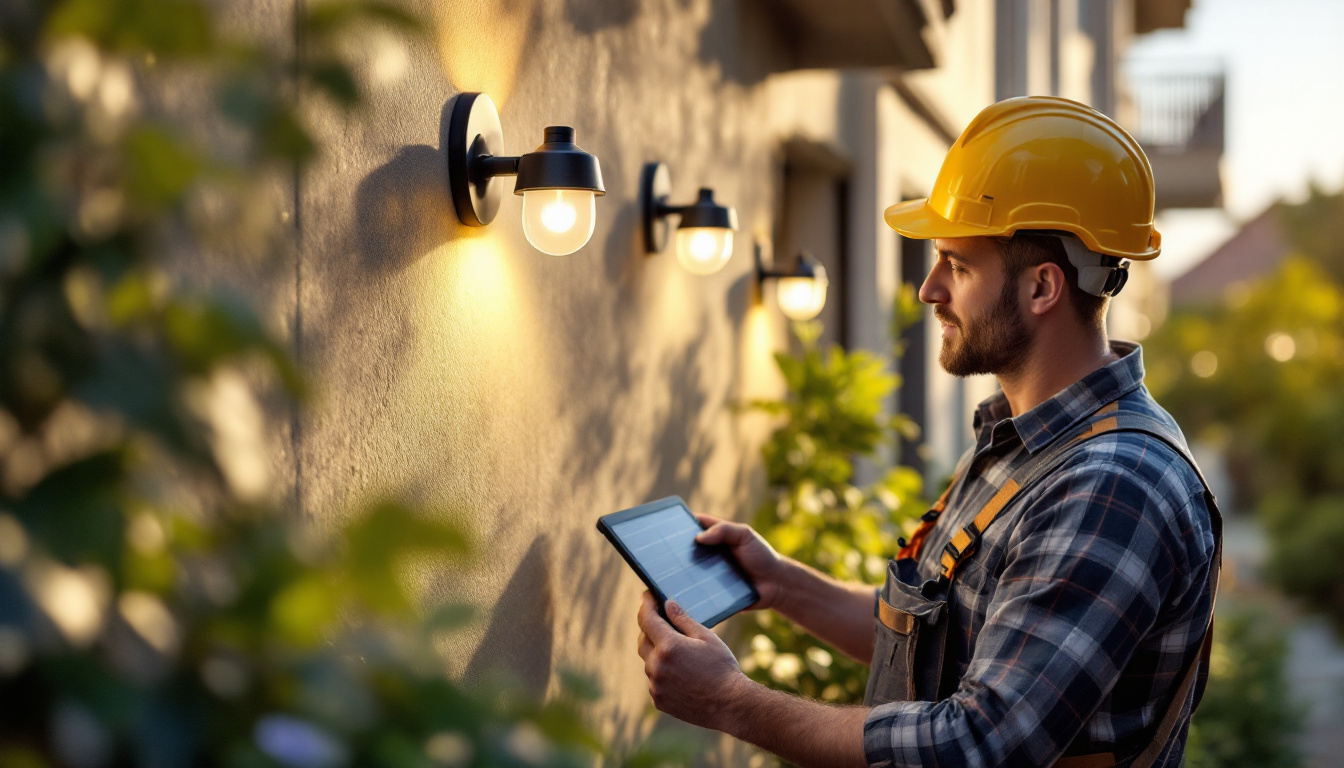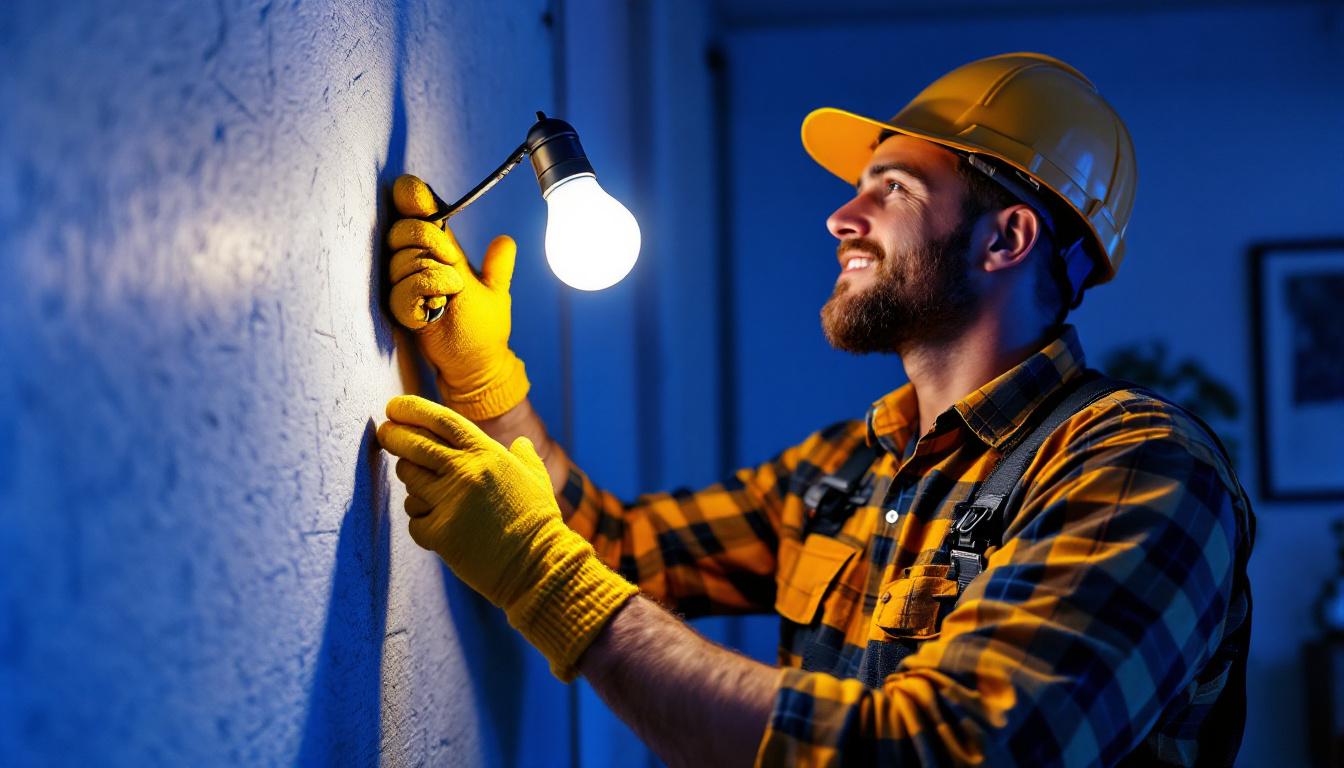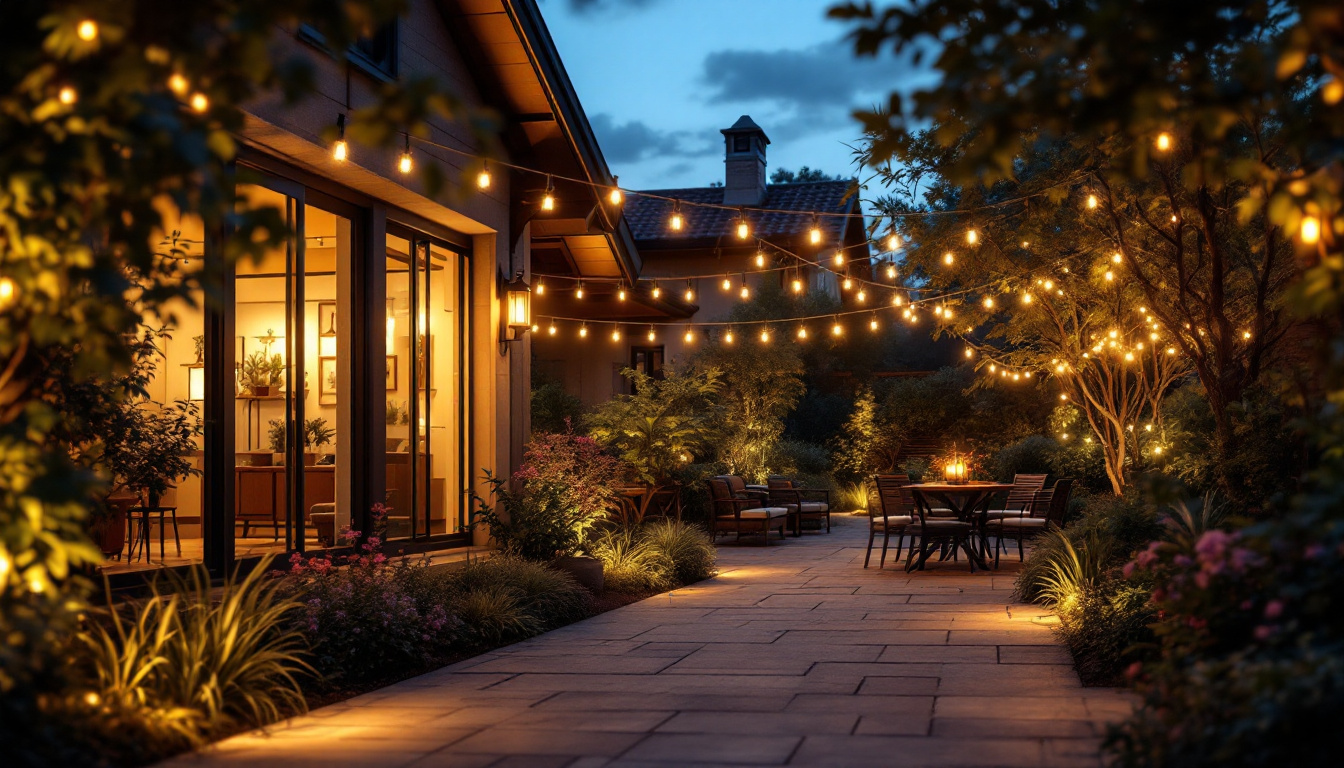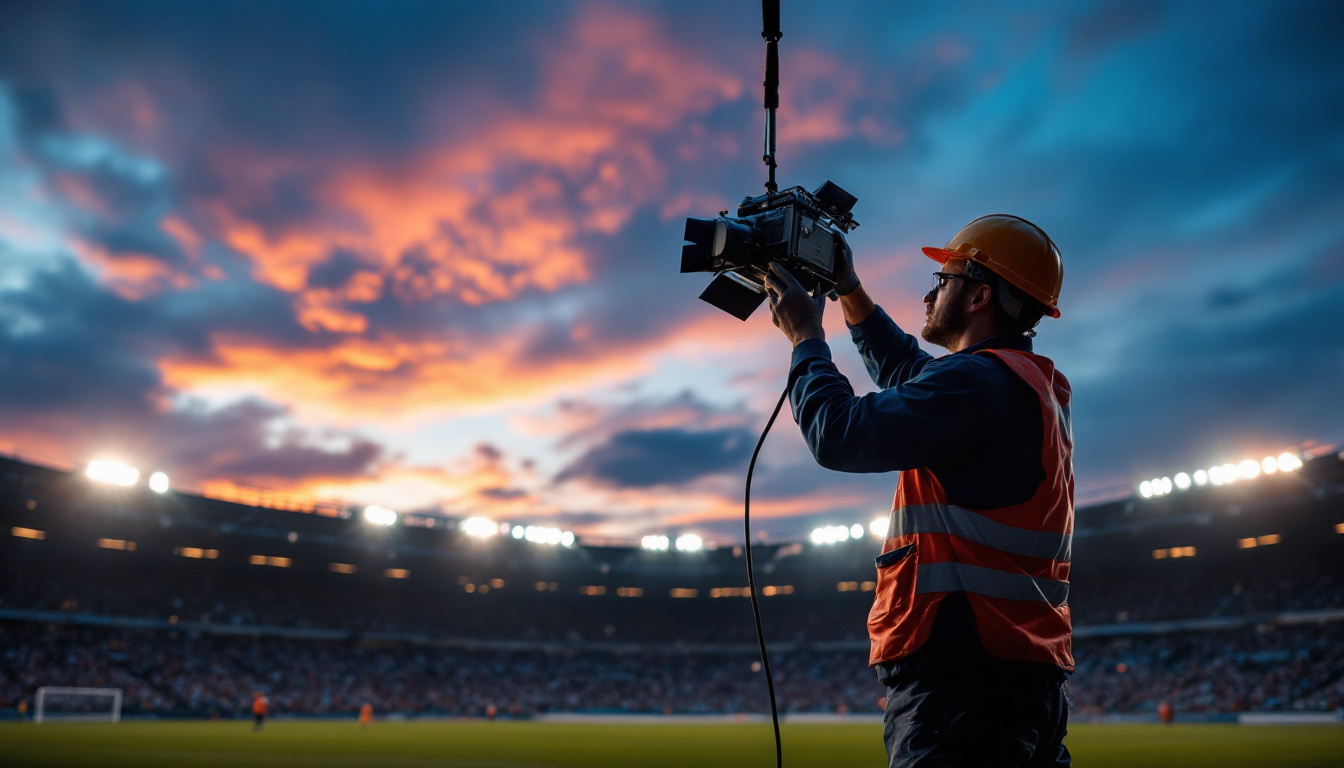
The exterior lighting of a warehouse plays a crucial role in ensuring safety, security, and functionality. For lighting contractors, mastering the art of warehouse exterior lighting involves understanding various factors that influence design, installation, and maintenance. This article delves into the essential aspects that lighting contractors need to consider to create effective and efficient lighting solutions for warehouse exteriors.
Before embarking on any lighting project, it is vital for contractors to grasp the specific needs of the warehouse. Each facility has unique characteristics that dictate the type of lighting required. Factors such as the size of the warehouse, the nature of the goods stored, and the specific activities performed within the space all play a critical role in determining the appropriate lighting solutions. For instance, a warehouse that handles delicate items may require different lighting considerations compared to one that stores heavy machinery.
Safety is paramount in any warehouse environment. Proper lighting can significantly reduce accidents and injuries by illuminating walkways, loading docks, and other critical areas. Moreover, well-lit exteriors deter criminal activity, making warehouses less susceptible to theft and vandalism. Contractors should assess the layout of the warehouse and identify potential hazards that require focused lighting solutions. Additionally, incorporating motion-sensor lights in less-trafficked areas can enhance safety by ensuring that light is available only when needed, thus reducing energy consumption and costs.
Lighting should not only enhance safety but also improve the functionality of the warehouse. Different areas may require varying levels of illumination based on their usage. For instance, loading docks may need brighter lights for visibility during nighttime operations, while storage areas might require softer lighting to minimize glare. Understanding the operational needs of the warehouse will help contractors design a lighting scheme that maximizes efficiency. Furthermore, utilizing energy-efficient LED lighting can significantly reduce electricity costs while providing longer-lasting illumination, which is particularly beneficial in large warehouse environments where maintenance can be challenging and costly.
Moreover, the integration of smart lighting systems can further enhance operational efficiency. These systems can be programmed to adjust lighting levels based on the time of day or occupancy, ensuring that energy is not wasted during off-peak hours. By leveraging technology, warehouses can create a more adaptable and responsive lighting environment that aligns with their operational demands. This not only contributes to cost savings but also supports sustainability initiatives by reducing the overall carbon footprint of the facility.
The selection of lighting fixtures is a critical aspect of any warehouse exterior project. The right fixtures can enhance performance while ensuring energy efficiency. Proper lighting not only improves visibility but also contributes to safety and security, making it an essential consideration for warehouse operations.
There are several types of lighting fixtures suitable for warehouse exteriors, including LED floodlights, wall packs, and pole-mounted lights. LED floodlights are particularly popular due to their high lumen output and energy efficiency. They provide broad coverage and are ideal for illuminating large outdoor areas. Wall packs, on the other hand, are perfect for illuminating building perimeters and entry points, offering focused lighting where it’s needed most. Additionally, pole-mounted lights can be strategically placed throughout the property to ensure even illumination across parking lots and loading docks, enhancing safety for employees and visitors alike. The versatility of these fixtures allows for a tailored approach to lighting design, accommodating the specific needs of each warehouse layout.
In today’s environmentally conscious world, energy efficiency is more important than ever. Contractors should consider fixtures that offer energy-saving features, such as motion sensors and dimming capabilities. These technologies not only reduce energy consumption but also extend the lifespan of the lighting fixtures, resulting in lower maintenance costs over time. Additionally, using sustainable materials in lighting design can further enhance the environmental footprint of the project. For instance, fixtures made from recycled materials or those designed to be easily recyclable at the end of their life cycle can significantly reduce waste. Moreover, the integration of smart lighting systems that adapt to the surrounding environment can optimize energy use, ensuring that lights are only on when necessary, thus contributing to a more sustainable operation overall. As warehouses increasingly aim for LEED certification or other green building standards, the choice of lighting fixtures plays a pivotal role in achieving these goals.
A well-thought-out lighting design is essential for achieving the desired outcomes in warehouse exteriors. Contractors must consider several design principles to create an effective lighting scheme.
Uniformity in lighting distribution is crucial to ensure that all areas of the warehouse are adequately illuminated. Uneven lighting can create dark spots that pose safety risks and hinder operational efficiency. Contractors should utilize lighting layouts that promote even distribution, ensuring that no area is left in shadow. This can be achieved through careful placement of fixtures and consideration of beam angles.
The color temperature of the lighting plays a significant role in visibility and aesthetics. For warehouse exteriors, a cooler color temperature (around 4000K to 5000K) is often preferred as it mimics daylight and enhances visibility. Additionally, the quality of light, including factors such as color rendering index (CRI), should be considered to ensure that colors are accurately represented, which can be particularly important for certain operations.
Compliance with local regulations and safety standards is a critical aspect of any lighting project. Lighting contractors must stay informed about the relevant codes and guidelines that govern outdoor lighting.
Local building codes often dictate specific requirements for outdoor lighting, including maximum illumination levels, fixture types, and even light pollution restrictions. Contractors should familiarize themselves with these regulations to ensure that their designs meet all necessary criteria. Non-compliance can lead to costly fines and project delays, making it essential to prioritize adherence to local codes.
In addition to local codes, safety standards established by organizations such as the Illuminating Engineering Society (IES) provide guidelines for outdoor lighting design. These standards address factors such as illumination levels, uniformity, and glare control. Contractors should incorporate these best practices into their designs to enhance safety and functionality while minimizing potential liabilities.
Once the design has been finalized, the installation process is the next critical step. Proper installation is essential to ensure that the lighting systems operate effectively and safely.
Before installation begins, thorough site preparation is necessary. This involves assessing the physical layout of the warehouse exterior, identifying potential obstacles, and planning the placement of fixtures. Contractors should also consider factors such as electrical access and the need for trenching or mounting structures. A well-prepared site can streamline the installation process and reduce the risk of complications.
After installation, it is vital to test the lighting system to ensure that it meets the design specifications. This includes checking for uniformity, brightness levels, and any potential issues such as glare or light trespass. Contractors should be prepared to make adjustments as needed to optimize performance. Regular testing and maintenance can help identify any issues early on, ensuring that the lighting system continues to function effectively over time.
Maintenance is a critical component of any lighting system, particularly for outdoor installations that are exposed to the elements. Contractors should establish a maintenance plan to ensure the longevity and performance of the lighting fixtures.
Conducting regular inspections of the lighting system is essential to identify any potential issues before they become significant problems. This includes checking for burnt-out bulbs, damaged fixtures, and signs of corrosion or wear. By addressing these issues promptly, contractors can prevent costly repairs and ensure that the lighting system remains operational.
Outdoor lighting fixtures can accumulate dirt, debris, and other contaminants over time, which can hinder their performance. Regular cleaning of fixtures is necessary to maintain optimal light output and efficiency. Contractors should establish a cleaning schedule that aligns with the specific environmental conditions of the warehouse location, ensuring that fixtures remain in peak condition.
The lighting industry is continually evolving, with new technologies and trends emerging regularly. Staying abreast of these developments can provide contractors with a competitive edge.
Smart lighting technology is gaining traction in various sectors, including warehousing. These systems allow for remote control and monitoring of lighting fixtures, enabling contractors to adjust settings based on real-time data. Smart lighting can enhance energy efficiency, improve safety, and provide valuable insights into usage patterns. Contractors should explore the integration of smart technology into their designs to meet the growing demand for intelligent lighting solutions.
As sustainability becomes a priority for many businesses, contractors should consider incorporating eco-friendly practices into their lighting projects. This includes using energy-efficient fixtures, implementing solar-powered lighting solutions, and utilizing recyclable materials. By embracing sustainable practices, contractors can not only reduce their environmental impact but also appeal to clients who prioritize green initiatives.
Mastering warehouse exterior lighting requires a comprehensive understanding of various factors, including safety, functionality, design principles, and emerging technologies. Lighting contractors play a pivotal role in creating effective lighting solutions that enhance safety, security, and operational efficiency. By staying informed about industry trends and best practices, contractors can ensure that their projects meet the evolving needs of warehouses while delivering exceptional results.
In the competitive landscape of lighting contracting, a commitment to quality, compliance, and innovation will set professionals apart. As warehouses continue to evolve, so too must the strategies employed by lighting contractors to illuminate these vital facilities effectively.
Ready to elevate your warehouse exterior lighting projects? LumenWholesale is your trusted partner, offering an extensive range of top-quality, spec-grade lighting products at unbeatable wholesale prices. Our commitment to cutting out the middleman means you get superior lighting solutions without the inflated markups, ensuring your projects shine with reliability and high performance. Plus, with free shipping on bulk orders, you can enjoy premium lighting at the best value — without hidden fees or compromises. Don’t settle for less; choose LumenWholesale for quality, affordability, and convenience. Wholesale Lighting at the Best Value is just a click away.

Discover why lighting contractors should prioritize 365-year-round solar lights in their projects.

Discover why Type R bulbs are a game-changer for lighting contractors.

Discover the intricacies of automatic outdoor lighting systems with insights tailored for lighting contractors.

Discover how lighting contractors can enhance their projects and boost success with innovative stadium lighting solutions.